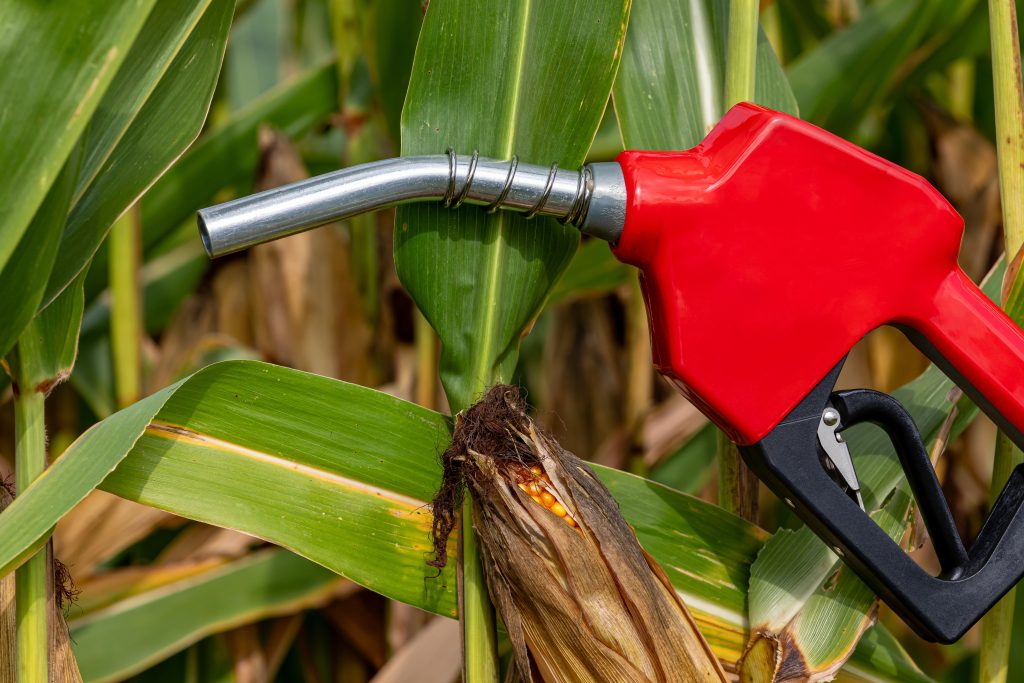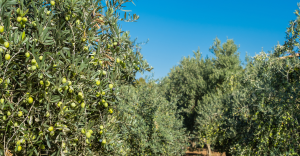Sustainable mechanization in agriculture is no longer a trend—it is a strategic priority for the future of agribusiness. With Brazil officially committed, through its Nationally Determined Contribution (NDC) under the Paris Agreement, to reducing greenhouse gas emissions by 67% by 2035 and achieving climate neutrality by 2050, the rural sector must respond with clean energy and agricultural machinery solutions.
Additionally, studies show that food systems account for a significant share of the country’s emissions, which underscores the role of technology in increasing efficiency, reducing impacts, and strengthening the competitiveness of agribusiness.
To delve deeper into this topic, we have prepared this content to help you understand how electric vehicles, biofuels, and technological innovation are reshaping Brazilian agricultural mechanization—and what can already be done today to produce with less carbon and greater efficiency.
Why Sustainable Mechanization is a Priority
The transition to cleaner technologies combines two main drivers: the pressure for decarbonization in agribusiness—driven by market demands, regulations, and new financiers—and the real opportunity to reduce operational costs with next-generation engines, fuels, and automation.
“Sustainable mechanization has become a priority because agriculture is one of the main drivers of mitigation, while also seeking to reduce operational costs and dependence on fossil fuels. This transition aligns with the Paris Agreement and policies such as RenovaBio and the Future Fuel Law,” explains Daniel Caiche, a carbon market specialist at Vega Agroenvironmental Monitoring.
Even though emissions from machinery represent a smaller fraction of the total, the shift in energy sources and efficiency gains have a direct—and measurable—impact on producers’ competitiveness.
“Although machinery emissions are a smaller share of the total, the potential for reduction is real when we connect clean energy sources and available biomass—and the industry is already moving in this direction,” says Edson Kawabata, agribusiness consultant and Managing Partner at Peers Consulting + Technology.
Agricultural Electric Vehicles: Where We Stand
The electrification of agricultural machinery has moved beyond the concept stage and is already gaining traction on Brazilian farms. Global brands have introduced smaller electric agricultural vehicles with automation features. At the same time, domestic manufacturers are developing electric tractors in Brazil tailored to specific crops such as fruits, vegetables, dairy, and greenhouses—where low noise and precision make a difference.
The benefits are clear: lower noise, simplified maintenance (fewer moving parts), and lower operational costs for appropriate uses. The challenges, on the other hand, lie in battery autonomy, charging infrastructure in rural areas, and initial investment—factors that require energy planning and new financing models.
“Larger and heavier tractors still face the challenge of battery autonomy. And recharging requires electrical generation capacity, which is currently limited on small farms,” comments Edson Kawabata.
Biofuels in Agriculture: The Rise of Biomethane and Ethanol
While electrification progresses, biofuels in agriculture are becoming an immediate solution—especially on farms with good biomass availability.
Biomethane, produced from waste and agro-industrial residues, closes the waste cycle, reduces CO₂ emissions, and lowers the cost of fuel for tractors and harvesters. Ethanol, on the other hand, is being tested in larger machines, leveraging the already widespread infrastructure for this fuel in the country.
According to consultant Edson Kawabata, “The use of biomethane allows for reductions of up to 80% in CO₂ and 99% in particulate matter compared to diesel, in addition to treating waste and generating clean energy.”
Furthermore, carbon market specialist Daniel Caiche explains that “on farms with good biomass availability, biomethane has already demonstrated emission reductions of up to 80% and a payback period of less than five years, opening the door to carbon credits.”
Recent cases include commercial biomethane-powered machines and ethanol-powered harvesters and tractors being tested by mills and manufacturers, indicating a pragmatic path for sustainable agricultural machinery as electrification matures.

Integration of Technologies: Hybrids and Flex Solutions
The energy transition is not an “all or nothing” process. Hybrid solutions (ethanol + electricity) and flex models are emerging as a bridge between diesel and fully electric systems, leveraging the ethanol supply chain while electric engines and energy recovery systems evolve.
According to Edson, one possible path is to adopt hybrid and flex vehicles in machinery: “There are manufacturers with ethanol-based projects—a solution that reduces GHG emissions throughout the entire cycle and uses a fuel produced by the customers themselves.”
Trends: Automation, Precision, and Innovation in Agricultural Machinery
Innovation in agricultural machinery combines electrification with digital agriculture. Sensors, artificial intelligence, telemetry, and connectivity optimize routes, torque, rotation, and input dosage in real time.
The result is less energy consumption per hectare and higher productivity, with selective spraying, computer vision, and autonomous systems gaining ground in Brazil. This set of solutions is, by definition, clean technology in the field: producing more with fewer emissions and less waste.
Economic and Environmental Impacts: Numbers That Matter
In addition to reducing the carbon footprint, sustainable mechanization technologies in agriculture are already showing real financial gains. On farms with biomass availability, renewable fuel replaces diesel with significant cost savings per hour of operation and less cost volatility.
In low-power electric vehicles, operations in sensitive environments benefit from low noise, better torque control, and simplified maintenance—factors that reduce the total cost of operation (TCO) throughout the harvest.
Challenges and Opportunities: Infrastructure, Credit, and Training
To scale sustainable mechanization in agriculture, three pillars need to evolve together:
- Infrastructure: Stable power grids, rural charging stations, and logistics for biomethane and biodiesel.
- Financing: Expansion of green financing lines, new models of on-farm service/energy, and carbon pricing mechanisms.
- Training: Training operators, mechanics, and managers to handle hybrid engines, embedded electronics, and biodigestion.
“Even with incentives, the numbers need to add up: when comparing capex, fuel, and maintenance, there are already cases where the total cost of clean technologies is lower than that of fossil-based systems. The main bottlenecks are electrical infrastructure, the reliability of new technologies, and a more conservative business culture,” argues Edson.
“Without adequate electrical grids, logistics for biomethane/biodiesel, green credit, and training, adoption will stall. With these elements combined, Brazil has everything it needs to lead sustainable mechanization,” concludes Daniel.
On the regulatory front, RenovaBio and the Future Fuel Law (Law 14.993/2024) provide predictability for the transition, rewarding lower carbon intensity and encouraging the integration of biofuels and electrification in machinery.
How to Move Forward Now
The adoption of sustainable mechanization in agriculture should begin strategically, leveraging resources already available on the farm and technologies best suited to the production profile. Below, we list four initial steps to help producers implement the energy transition safely and efficiently:
- Map your energy matrix
Evaluate the farm’s potential for generating biomethane (waste and residues), installing biodigesters, and setting up electric generation/storage systems. - Start with what is feasible and measurable
Test sustainable agricultural machines—electric, biomethane, or ethanol-powered—in specific areas and monitor TCO and productivity. - Leverage available technology
Use sensors, telemetry, and precision agriculture to optimize energy consumption per hectare and reduce rework. - Seek the right credit and incentives
Explore green financing lines under RenovaBio and programs outlined in the Future Fuel Law to fund your energy transition.
The decarbonization agenda in agribusiness is also an agenda of efficiency and market competitiveness. By combining agricultural electric vehicles, biofuels, hybrid systems, and intelligent automation, producers strengthen their competitiveness and image.
With a focus on clean technology in the field, sustainability and profitability go hand in hand—paving the way for a new era of sustainable mechanization in Brazilian agriculture.





